What’s happening in Rainbow Schools?
Lockerby’s Science and Technology Education Program enters new era
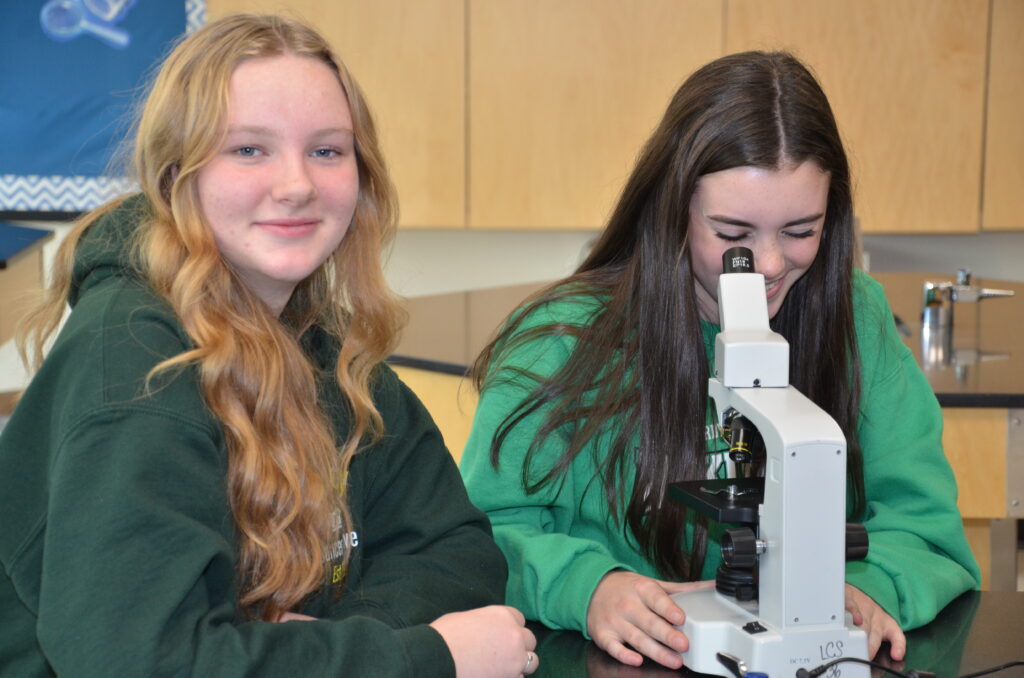
When the Science and Technology Education Program (STEP) was introduced at Lockerby Composite School in 1991, we were entering a science and technological boon. Advancements in science and technological innovation were beginning to take shape and change our thinking and our way of life. Computers were coming of age in schools and scientific discoveries led to new breakthroughs, which gave educators and students access to new opportunities for teaching and learning.
Fast-forward to the 21st Century and the attention shifted from the learning tools to the learning skills developed by the tools. STEP evolved with the times. Technology was updated, courses expanded, partnerships grew and students engaged in hands-on learning through labs, field trips, co-op placements, and reach ahead activities.
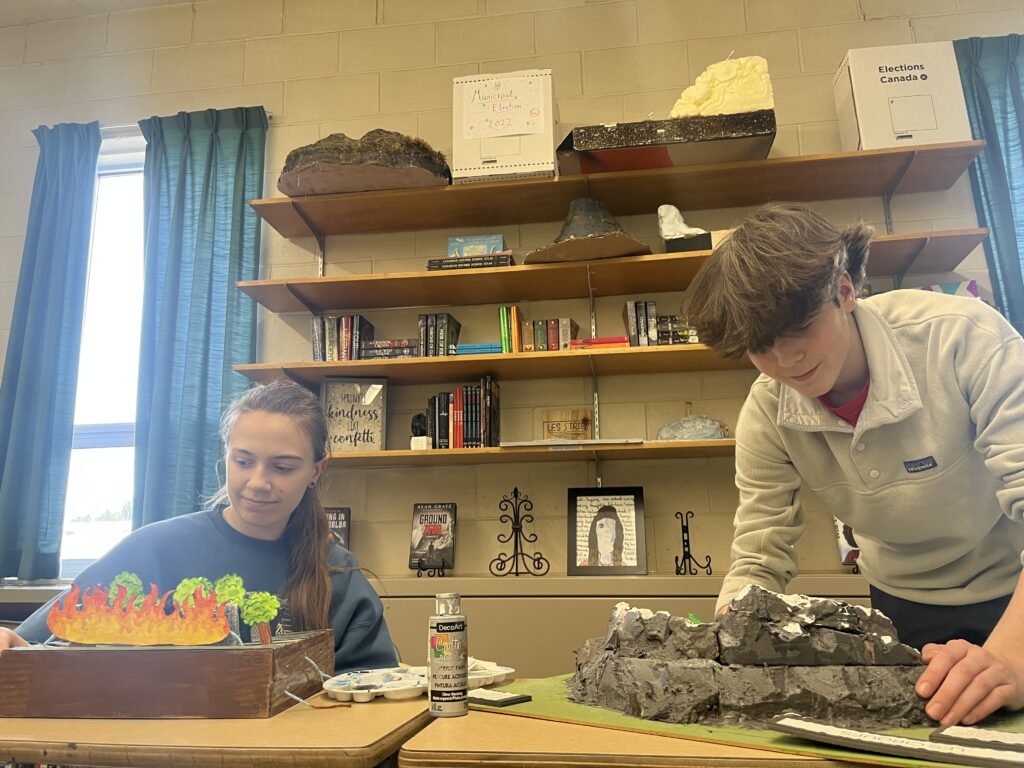
Looking ahead to the 2024-2025 school year, STEP has been reimagined, restructured and reinvigorated to remain relevant. The program will continue to focus on the competencies students need to be successful in the world – critical thinking and problem solving; creativity and entrepreneurship; self-awareness and self-directed learning; collaboration, communication and global citizenship – within a refreshed focus and format.
“We’re excited to enter a new era for STEP,” said Principal Ryan Lafraniere. “Students will have more opportunities for experiential and authentic learning as they prepare for current and emerging post-secondary studies and careers. In our enriched learning model, students will collaborate and solve complex problems in an environment that supports cross-curricular learning and interdisciplinary study approaches.” He adds: “The exciting changes will ensure that STEP continues to be responsive, giving students an exceptional educational experience.”
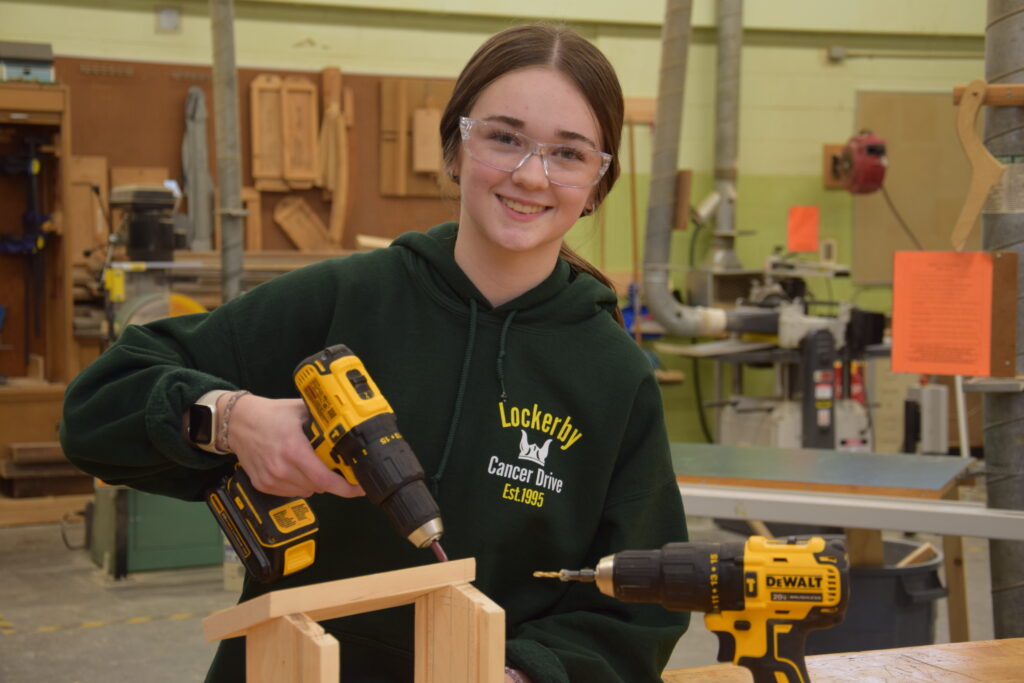
Starting in September 2024, STEP students entering Grade 9 and continuing on to Grade 10 will study Science, Technological Design, Mathematics, and Geography for the entire school year. Combining these courses will allow students to participate in Integration Days. Students will complete their other courses (English, Physical Education, French/Ojibwe, and Visual Art/Music) in the conventional two semester framework.
STEP Integration Days will provide unique learning experiences that will allow students and classes to work collaboratively and simultaneously with teachers from multiple disciplines (Science, Technological Design, Mathematics, and Geography) one day per week. On these days, students will broaden their technological skills, learn about the engineering design process, and be given the time to create, invent, design, and construct prototypes. Integration Days will enable classroom learning to be enhanced with experiential learning, field trips, and mentorships through community partnerships, providing an enriching educational experience.
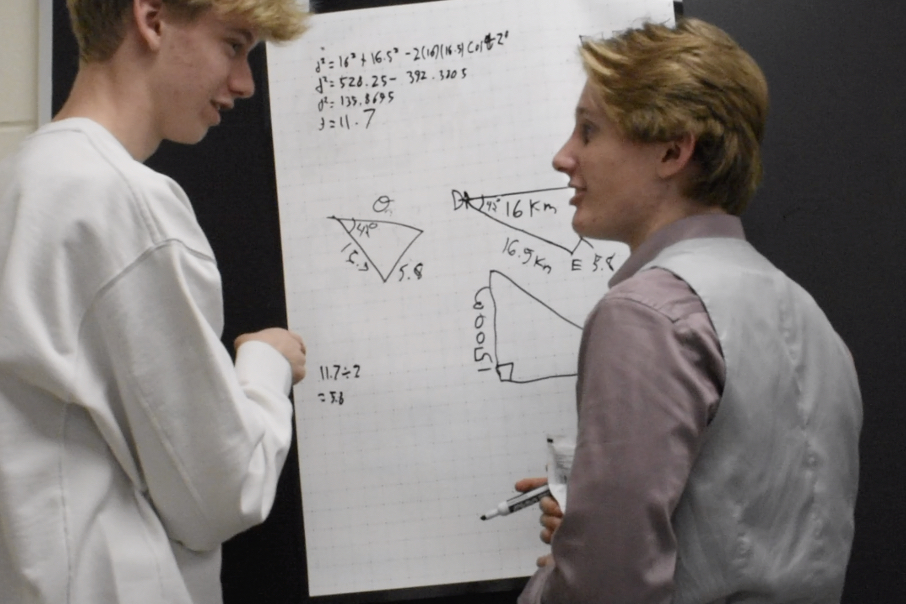
“The new model of learning will give students a weekly opportunity to dig deeper into integrating their knowledge in Science, Technological Design, Mathematics, and Geography and applying it to real-life problems,” said Principal Lafraniere.
He added: “Students will extend and apply laboratory and coding skills to investigate, analyze and model concepts and relationships. Students will use technical drawings and prototypes to test and improve their own designs. By networking with community partners, students will also identify local issues, collect data, research impacts and propose solutions.”
Students will follow a process that engineers employ to address a problem. With an emphasis on the engineering design process and the scientific method, students will apply their learning to analyze, invent, design and/or build a project of choice with the assistance of mentors and advisors.
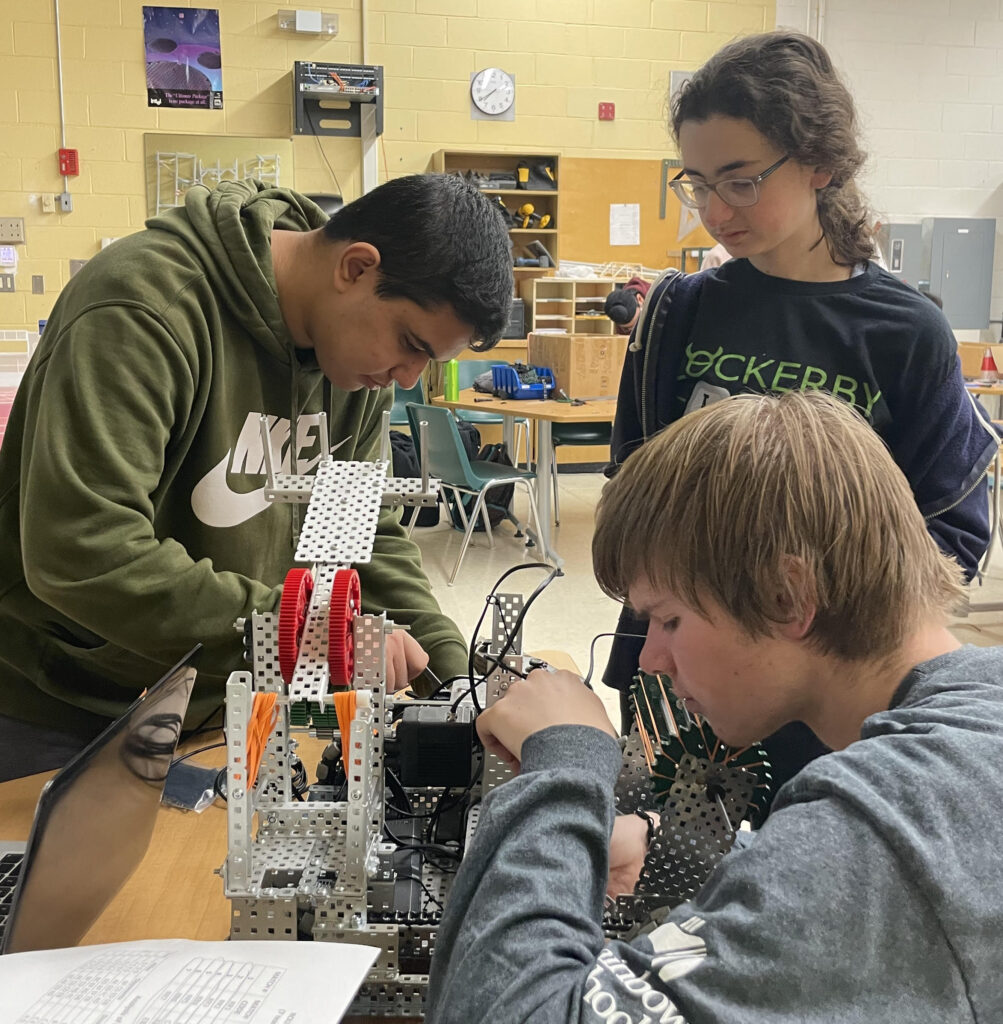
As students in the Science and Technology Education Program progress into Grades 11 and 12, they will choose a specialization based on their courses of interest and they will use the skills acquired in Grades 9 and 10 to further their learning in their desired post-secondary pathway. Students will be able to select from four unique disciplines that support an evolving world that relies on the connection between science and technology. STEP specializations will focus on health sciences, engineering, computer science and sustainable development.
Like all students at Lockerby Composite School, STEP students will also be able to obtain certifications in three Specialist High Skills Majors (SHSM) – Health & Wellness, Information & Communication Technology, and Mining Engineering. A SHSM is a ministry-approved specialized program that allows students to focus their learning on a specific economic sector while meeting the requirements to graduate from secondary school. It also assists in their transition after graduation to university, college, apprenticeship training, or the workplace.
Students who qualify for STEP receive transportation to and from school.
“We are very excited about STEP’s future. Above all, our school and program refresh will continue to provide students with a place to grow and thrive in a safe, supportive, and enriching space,” said Principal Lafraniere.
Lockerby Composite School, home of the Vikings, is located at 1391 Ramsey View Court in Sudbury.
-30-
Media Contact:
Ryan Lafraniere, Principal, Lockerby Composite School,
Rainbow District School Board, 705-522-1750.

 Translate
Translate